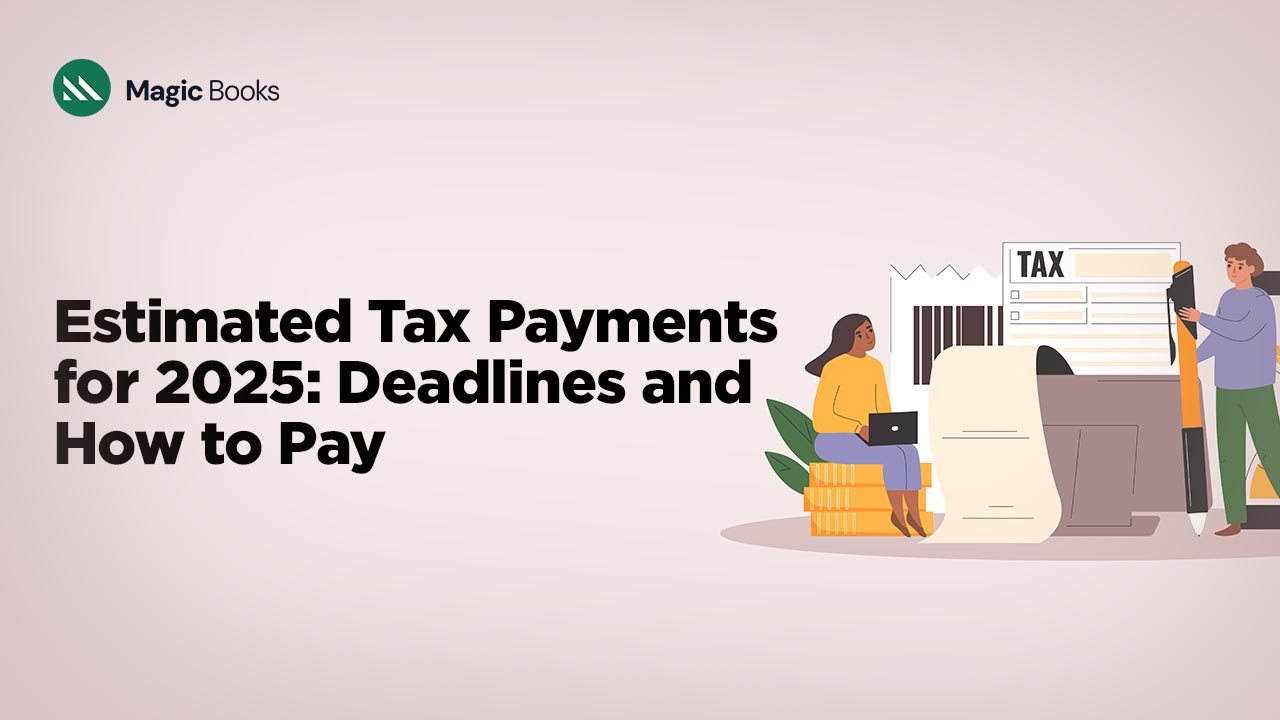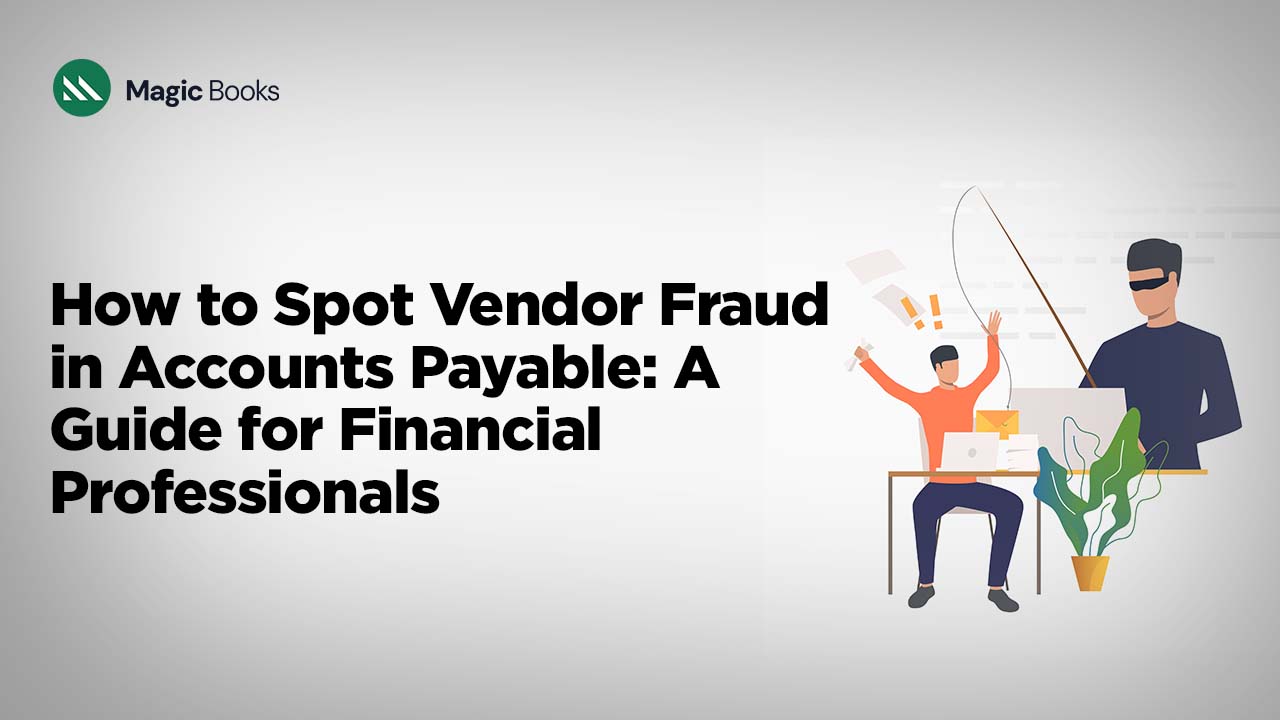Most American taxpayers believe that determining their estimated tax payments for the year is a headache. If you’re self-employed, freelance, or investing, you need to make those estimated tax payments so that you remain in the good books of the IRS’s pay-as-you-go rule. The entire article is going to explore what estimated tax obligations are all about, from who and when you need to pay to how to pay and avoid penalties. Understanding the various factors can actually make tax matters a whole lot easier for taxpayers, so that they can avoid any penalties.
So, what are estimated payments of tax?
If you’re self-employed and also earning money from interest, rent, dividends, capital gains, or alimony, you’ve gotta make a series of payments throughout the tax year because your income isn’t directly taxed. These individuals forgo some tax deductions and must satisfy their estimated tax needs by paying for these deductions in advance installments throughout the year. The rationale behind paying taxes in installments is that it distributes the payment burden rather than piling it all on the employee when it’s time to pay up.
If you have more than a grand of tax you owe, excluding your withholdings and your refundable credits, and your withholdings and credits are less than 90% of your tax this year or 100% of the tax you owed last year, you have to pay estimated tax unless you’re earning more than some specified amounts (then you’ll be taxed 110%). All this paying keeps a lot of people from being charged tax penalties and the extra interest that would accrue over time.
Estimated tax
Estimated tax payments are made once a quarter.
To pay your estimated tax, visit payment options.
For 2025, use Estimated Tax for Individuals (Form 540-ES) when paying by mail.
| 1st quarter payment deadline: April 15, 2025 2nd quarter payment deadline: June 16, 2025 3rd quarter payment deadline: September 15, 2025 4th quarter payment deadline: January 15, 2026 |
Who is Obligated to Pay Estimated Taxes?
There are certain instances when the making of estimated tax filings is obligatory and such profits are:
Since self-employed workers and freelancers don’t get a pay check from which taxes are withheld, they need to pay their taxes to the government themselves.
Nonresidents who have household employers have certain special tax obligations, which are not standard for other residents. Since interest plus dividends and capital gains do not have withholding requirements attached to them, it serves to save you from paying taxes on them.
Companies that don’t have any arrangements for tax deductions from the wages of their workers must make four advanced estimated payments for their future tax bills.
Employees working for an entity that withholds taxes from them and pays them on their behalf do not need to make estimated payments. Earners with more than one income source may see their tax payment higher than their earned monthly income and thus will have to switch to estimated payments instead to avoid paying any penalties.
Estimating Tax Payments:
The IRS offers Form 1040-ES, which includes a worksheet that is intended to calculate your tax requirements for the year. Here’s a short guide on how to get it done:
1. As the initial step, figure out the overall anticipated income from each source of revenue for the year. These include, but are not limited to, salaries, self-employment net earnings, interest income, dividends, capital gains, rent, and other income. Deduct any above-the-line deductions such as contributions to a traditional IRA or educator expenses to find your adjusted gross income (AGI).
2. Taxable Income Subtract your adjusted gross income, or AGI, from the standard deduction, a good estimate of the relevant taxable income. For single filers, the estimate is roughly $15,000, and for married couples filing jointly roughly $60,000. Don’t forget to include additional tax deductions that apply to senior citizens 65 or older.
3. Based on the IRS tax rate tables, updated annually for inflation, compute your income tax on your taxable income. If you are self-employed, also compute your self-employment tax, typically 15.3% of 92.35% of your net earnings. Add these amounts to come up with your total tax for the year.
4. Subtract tax credits—such as the Earned Income Tax Credit, Child Tax Credit, or education credits—and taxes withheld from your income. The remainder is the amount you will have to pay in estimated tax payments.
5. Finally, divide the balance by four to determine the payment due for each quarter. Keep in mind, if your income varies during the year, you can use the annualized income installment method, which gives you flexibility to modify your quarterly payments based on the actual income of each quarter.
If you later discover your income estimates were inaccurate, you can rebalance your payments by refiguring your estimated taxes on a different Form 1040-ES worksheet for the rest of the year.
Methods for Paying Your Estimated Tax Payments
So, the IRS has all sorts of ways for you to pay your estimated taxes that are pretty easy and safe. Check out some of the popular methods:
1. Online Payment Methods
IRS Direct Pay:
This one lets you pay directly from your savings or checking account with no charge. It’s really convenient and you don’t even need to preregister. Direct Pay is perfect for individual taxpayers paying their 1040 or estimated tax bill online.
Electronic Federal Tax Payment System (EFTPS):
EFTPS is a safe system run by the Treasury Department that lets individuals and businesses make payments in advance—like up to 365 days—and look at their payment history. You do need to register, and when you enroll, they’ll mail you a PIN.
IRS2Go Mobile App:
IRS2Go is a mobile app that lets taxpayers pay their estimated taxes easily right from their cell phone. And, you can look at your payment history and look at your tax records, too.
2. Debit or Credit Card Payment
You can even use debit or credit cards to pay, either online or by phone. Just a warning though, there are processing fees based on the provider. While this option is really convenient, it is more costly than just doing a direct draft from your bank account.
3. Mail-In Payments
If you prefer the old-fashioned way, you can mail a check or money order with the payment voucher from Form 1040-ES to the proper IRS address. The mailing address is different based on where you live, so make sure to fill out the voucher properly so it gets charged to your account properly.
4. Other Payment Options
Some taxpayers have some alternative payment arrangements, such as same-day wire transfers or payments in cash to some IRS retail partners. While these are in fact very convenient in an emergency, individuals tend to use them less than online methods.
All payment methods do have their respective security advantages and conveniences. For instance, online payments such as Direct Pay and EFTPS provide an immediate notification of payment made by you, while sending a check may be preferable for individuals not very comfortable making electronic payments.
How to Adjust Your Estimated Tax Payments
The present financial state you find yourself in today is likely to change throughout this year. Checking your financial position each quarter will help you find the right amount to adjust in your estimated tax payments. Here are some tips:
- Recalculate Quarterly:
The Form 1040-ES worksheet should be used to perform periodic income estimate checks. The Form 1040-ES worksheet helps you evaluate decisions regarding future quarterly installments because it let you update your income estimates.
- Increase Withholding:
Wage-earning workers need to amend their Form W-4 documents to increase tax deductions from their standard payments. Using this approach allows you to avoid direct estimated payments because it protects against insufficient funding.
- Consult a Professional:
Individuals who need tax clarification about payment adjustments must get professional advice from a tax expert to avoid penalty consequences for their errors.
- Use Tax Software:
The built-in features of beneficiary tax preparation software simplify user estimation of taxes and monthly payment adjustment management procedures. People who work independently find these tools helpful since their revenue has fluctuating patterns.
Special Rules for Different Taxpayers
Each category of taxpayer has special circumstances that make their estimated tax liability calculated differently:
- Self-Employed and Gig Workers
Business owners who own their own businesses along with freelancers and gig economy workers have variable incomes. These types of taxpayers require high levels of awareness of their annual income as their income lacks withholding of income taxes so they have to make changes in their quarterly payments from time to time. Tax professionals or tax software assistance helps taxpayers to prepare accurate tax estimates in most cases.
- Farmers and Fishermen
Farmers and fishermen are given special relief by the IRS. Farming or fishing income exceeding two-thirds of the gross income enables payment as a single installment along with your annual return rather than quarterly deposits. Taxpayers have to navigate IRS Publication 505 to know the special circumstances that apply to them.
- Nonresident Aliens and Household Employers
Nonresident aliens along with certain types of household employers have to adhere to different rules when it comes to estimated tax liability. Taxpayers in these cases have to navigate IRS guidelines and consult the services of professionals so that they stay in full compliance with the filing obligations.
- Adjusting Payments When Income Changes
Adjust your estimated tax payments when your annual income changes either by massive bonuses or decreasing income because this will lower the chances of underpayment penalties. One can avoid underpayment penalties by adjusting on Form 1040-ES worksheet which will assist in making proper estimated payments for subsequent quarters.
Penalties for Underpayment of Estimated Tax
Quarterly payment will not save you from penalty because of miscalculation or sporadic income resulting in underpayment. The IRS will charge a penalty when taxpayers do not have enough tax payments during the year. There are significant facts regarding underpayment penalties that you need to be aware of.
The IRS computes penalties by multiplying unpaid underpayment amounts with the period of non-payment. Whenever taxpayers make underpayments the IRS charges an interest rate on the amount which varies with time. Interest charges accrue on your unpaid amounts from the date when you made the short quarterly amount until you settle up with the full amount.
- Safe Harbor Rules:
You can save yourself from penalties by paying 90% of your current tax liability or 100% and 110% for people with higher income levels during the previous year. Taxpayers who fulfill these safe harbor rules will not incur penalties although their final taxes are more than their initial estimates.
- Strategies to Avoid Penalties:
Individuals typically adjust their income tax withholding when they receive wages until the amount is more than their estimated tax liability. When working as an independent contractor you have to make precise and timely estimated payments in all quarterly periods. Individuals with consistently fluctuating earnings can minimize potential tax penalties by using the annualized income installment method when making payments.
- Correcting Underpayments:
Householders who owe tax payments in earlier quarters can pay this amount during any subsequent payment period. Making additional payments will reduce the time period and the amount of underpayment which leads to penalty calculation.


